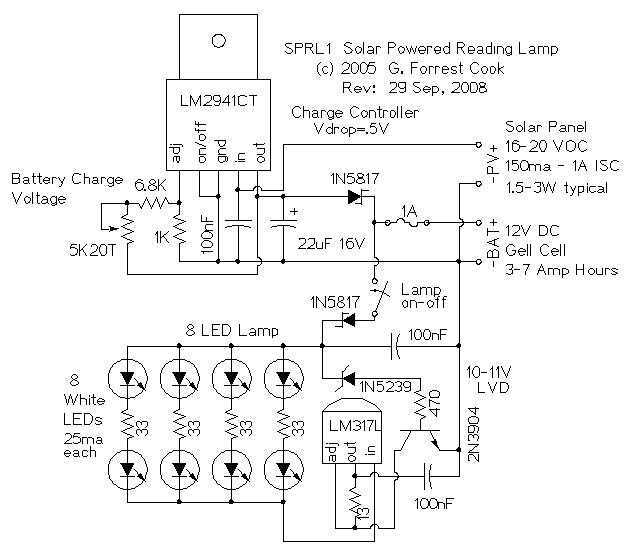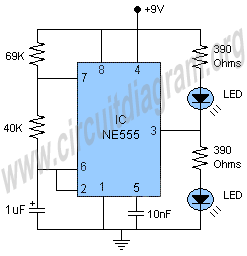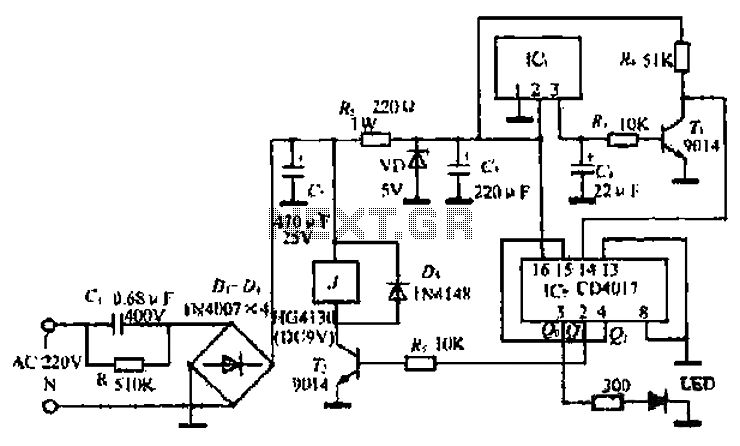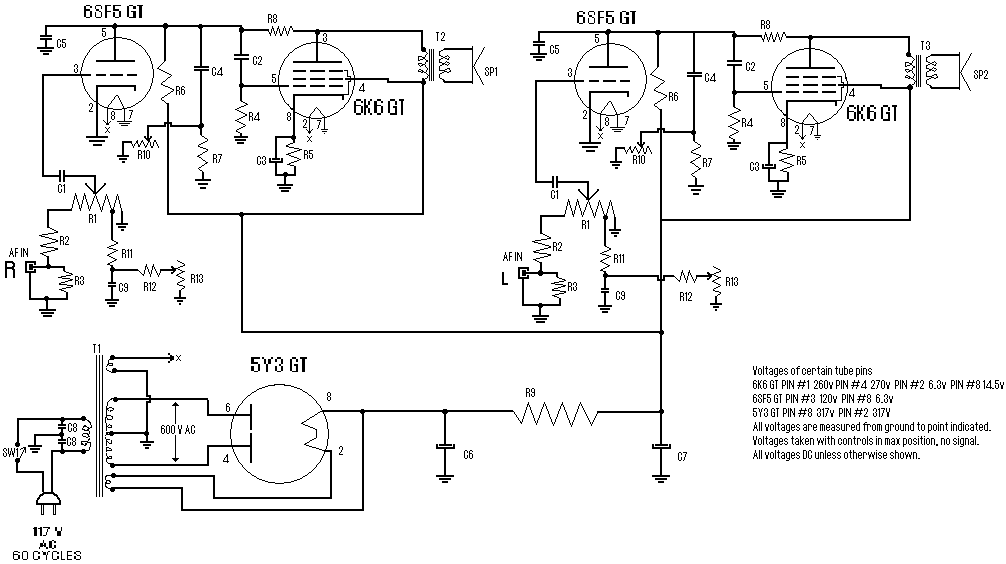
Dual power switch circuit diagram consisting of a single control button CD4069
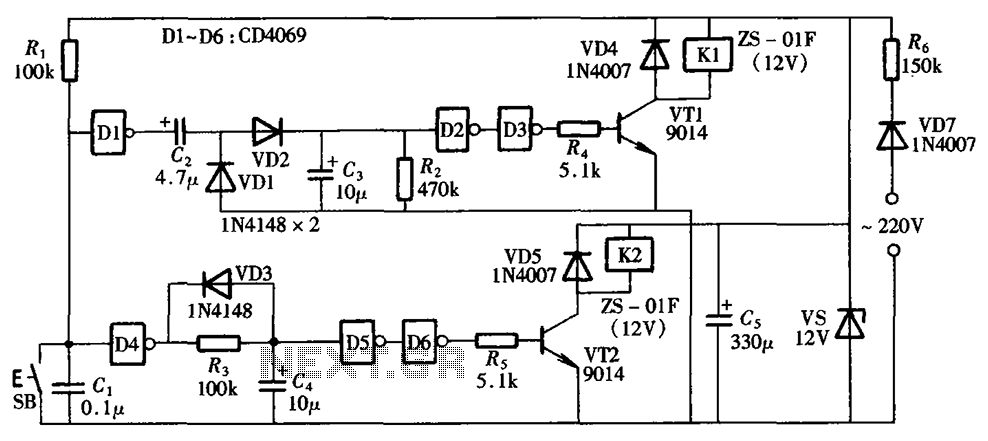
A one-button control switch is designed to control two relays, each of which can switch the load power on and off as needed. The circuit primarily consists of a hex inverter CD4049 and two self-locking DC relays.
The circuit utilizes a single push-button switch to manage the operation of two relays, allowing for a simple yet effective means of controlling multiple loads. The hex inverter, specifically the CD4049, serves as the core logic component, converting the momentary push of the button into a toggling action that alternates the state of each relay.
Upon pressing the button, the output from the hex inverter changes state, activating the first relay. This relay, being self-locking, remains engaged until the button is pressed again, at which point the inverter toggles its output and deactivates the relay. The second relay operates in a similar fashion, allowing for independent control of two separate loads or circuits.
The use of self-locking relays ensures that the loads remain powered even after the button is released, providing a stable operation without the need for continuous button engagement. This design is particularly useful in applications where momentary control is required to manage multiple devices or systems efficiently. The circuit can be integrated into various electronic systems, enhancing functionality and user interaction through a straightforward interface.
Overall, this one-button control switch circuit exemplifies an efficient design for managing multiple loads with minimal user input, utilizing the reliable performance of the CD4049 hex inverter and self-locking relays. As shown in the one-button control switch with one button control two relays, two respectively turned negative as needed Load power switch. Circuit mainly by a hex inverter CD4 069 and two self-locking DC relays.
The circuit utilizes a single push-button switch to manage the operation of two relays, allowing for a simple yet effective means of controlling multiple loads. The hex inverter, specifically the CD4049, serves as the core logic component, converting the momentary push of the button into a toggling action that alternates the state of each relay.
Upon pressing the button, the output from the hex inverter changes state, activating the first relay. This relay, being self-locking, remains engaged until the button is pressed again, at which point the inverter toggles its output and deactivates the relay. The second relay operates in a similar fashion, allowing for independent control of two separate loads or circuits.
The use of self-locking relays ensures that the loads remain powered even after the button is released, providing a stable operation without the need for continuous button engagement. This design is particularly useful in applications where momentary control is required to manage multiple devices or systems efficiently. The circuit can be integrated into various electronic systems, enhancing functionality and user interaction through a straightforward interface.
Overall, this one-button control switch circuit exemplifies an efficient design for managing multiple loads with minimal user input, utilizing the reliable performance of the CD4049 hex inverter and self-locking relays. As shown in the one-button control switch with one button control two relays, two respectively turned negative as needed Load power switch. Circuit mainly by a hex inverter CD4 069 and two self-locking DC relays.
